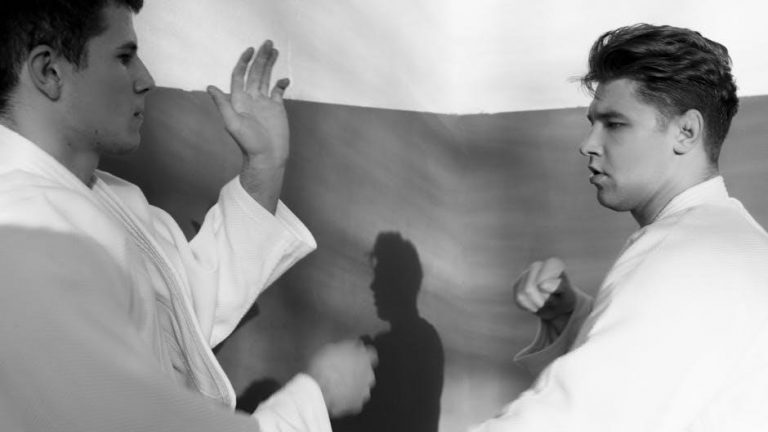
Jiu Jitsu belts symbolize skill progression and commitment․ Proper sizing ensures comfort and performance, with lengths varying by waist, GI size, and tying style․ Each brand offers specific sizing charts to guide selection, ensuring a secure fit for training and competition․
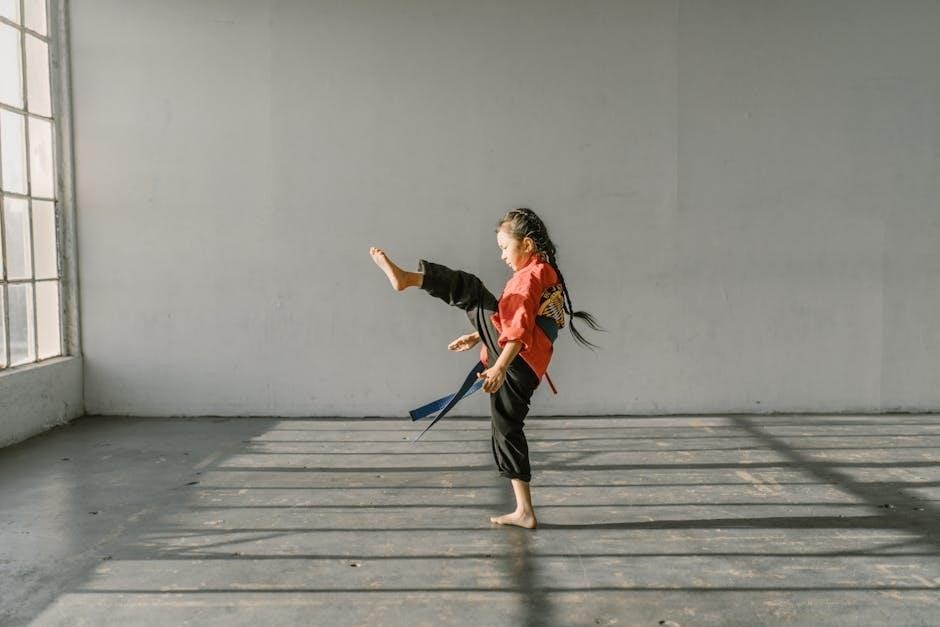
1․1 Importance of Proper Belt Fit
A proper-fitting jiu jitsu belt is essential for both performance and safety․ It ensures the belt stays securely in place, preventing slippage during training or competition․ A well-fitting belt enhances comfort and allows for optimal mobility, enabling practitioners to focus on technique without distractions․ Additionally, it supports proper technique execution, as a loose or overly tight belt can hinder movement and create discomfort․ Choosing the right size also aligns with IBJJF regulations, ensuring compliance during competitions․ A correctly sized belt is a foundational aspect of training, promoting efficiency and confidence on the mat․
1․2 Overview of Belt Sizes and Colors
Jiu Jitsu belts are categorized by color and size, each representing a practitioner’s skill level and physical fit․ Colors range from white (beginner) to black (expert), with intermediate ranks including blue, purple, and brown․ Youth belts often feature stripes or additional colors for age-specific grading․ Sizes are typically labeled with letters (A0-A5) and numbers (C00-C3), correlating to the belt’s length and the practitioner’s waist circumference․ While colors signify rank, sizes ensure a proper fit, crucial for both comfort and performance during training․ Standardized sizing systems help practitioners choose belts that align with their GI size and body type for optimal comfort and functionality․
How to Measure for a Jiu Jitsu Belt
Measuring for a Jiu Jitsu belt involves determining waist circumference, considering GI size, and adjusting for tying styles (single or double wrap)․ This ensures a proper fit․
2․1 Measuring Your Waist Circumference
To measure your waist circumference for a Jiu Jitsu belt, wrap a flexible tape measure around your natural waistline, typically just above the hipbone․ Ensure the tape is snug but not tight․ This measurement is the foundation for determining your belt size․ For most brands, you’ll add 110-120cm to your waist measurement to account for the belt’s length, including the knot․ Double-wrap belts require longer lengths, so adjust accordingly․ Keep in mind that sizing may vary slightly between brands, so refer to specific size charts for accuracy․
2․2 Considering Your GI Size
Your GI size is a key factor in determining your Jiu Jitsu belt size․ Most brands design belts to align with their GI sizing, ensuring a consistent fit․ For example, an A1 GI typically corresponds to a belt length of approximately 98 inches․ This correlation helps maintain a secure and comfortable fit during training․ By matching your GI size to your belt size, you can avoid slippage and ensure optimal performance․ Always check the brand’s specific sizing chart, as some may vary slightly, to find the perfect match for your training needs․
2․3 Adjusting for Belt Tying Style (Single or Double Wrap)
Your belt tying style significantly impacts the required length․ A double wrap typically needs a longer belt compared to a single wrap․ For a standard single wrap, add 2-4 inches to your waist measurement․ Double wraps may require an additional 8-12 inches to ensure the belt stays secure․ Some practitioners prefer longer ends for a cleaner knot, while others opt for shorter ends․ Check the brand’s sizing chart, as some recommend going up a size for double wraps․ Proper adjustment ensures comfort and prevents the knot from coming undone during training․
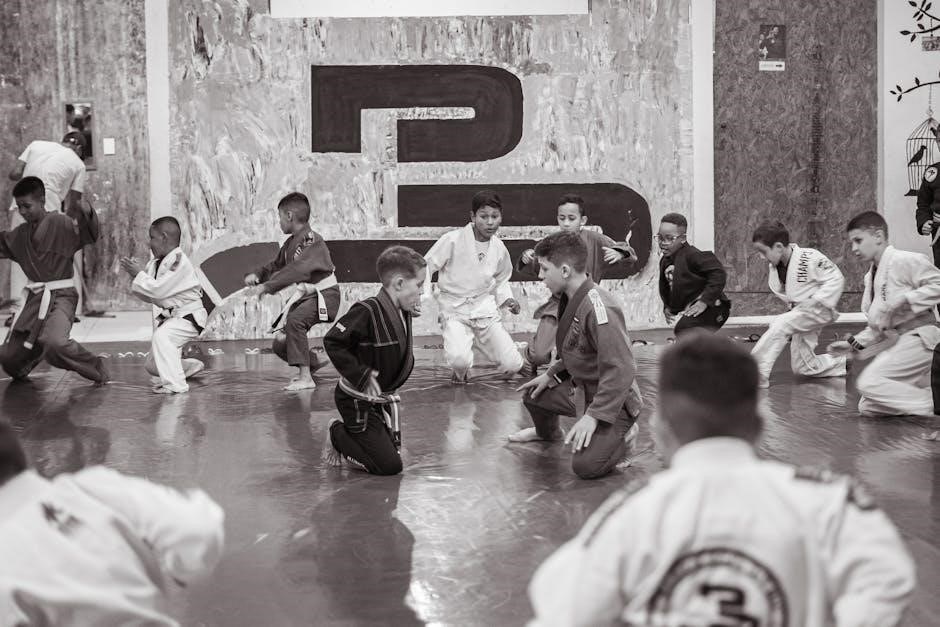
Jiu Jitsu Belt Size Chart
A Jiu Jitsu belt size chart provides a quick reference guide, correlating waist measurements with belt lengths․ Sizes range from A0 to A6, with lengths varying by brand․
3․1 Adult Belt Sizes
Adult Jiu Jitsu belts range from A0 to A6, with lengths varying based on waist size․ A0 measures approximately 94 inches, while A6 extends to 158 inches․ These sizes correspond to different waist circumferences, ensuring a proper fit․ For instance, A1 suits smaller waists, while A3 to A5 cater to larger frames․ Some brands offer additional sizes like C00 to C3 for more tailored fits․ Always refer to the specific brand’s chart, as lengths may vary slightly․ Proper sizing ensures comfort and performance during training and competitions, making it essential to choose the right belt length for your needs․
3․2 Youth Belt Sizes
Youth Jiu Jitsu belts vary to accommodate growing bodies, with sizes tailored for children and adolescents․ Common sizes include M0 to M4, corresponding to waist measurements from 95 to 144 cm․ These sizes align with weight ranges, such as M0 for 20-25 kg and M4 for 40-45 kg․ Some brands use numeric or age-based sizing, like 6-7 years, ensuring a comfortable fit for young practitioners․ Proper sizing is crucial for safety and performance, allowing kids to train effectively and confidently․ Always consult the brand’s chart for accurate measurements tailored to youth needs․
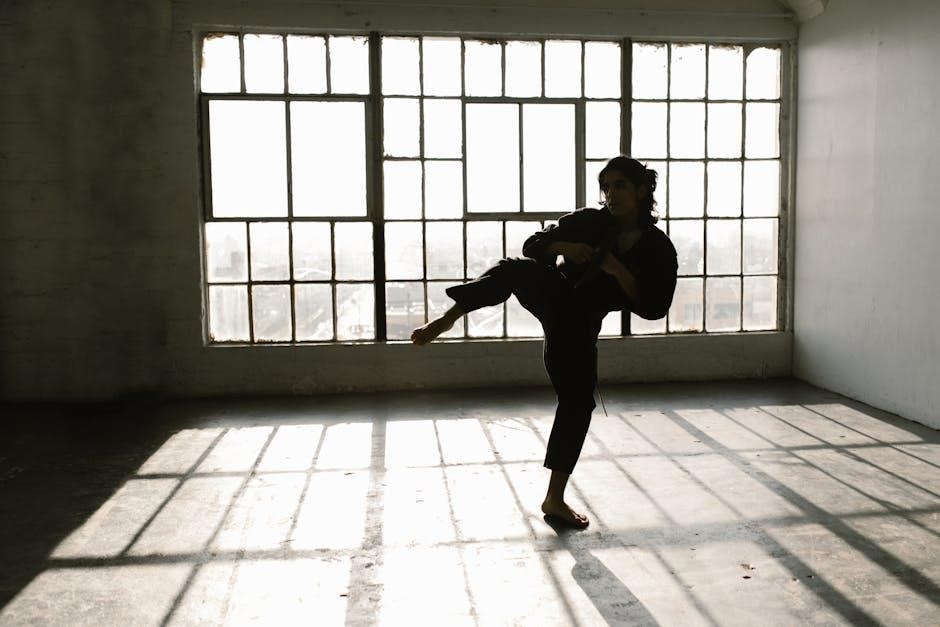
3․3 Fuji BJJ Belt Size Chart Example
Fuji’s BJJ belt size chart offers precise measurements, ensuring a perfect fit․ Their sizes range from C00 to A6, with lengths varying from 77 to 158 inches․ For example, C0 is 81 inches, A0 is 101 inches, and A5 is 138 inches․ Fuji’s sizing correlates with GI sizes, making it easy to choose the right belt․ They also note that black and brown belts may prefer longer lengths for tying knots․ This chart helps practitioners select belts that meet both performance and aesthetic needs, ensuring comfort and compliance with training standards․ Proper fit is essential for optimal performance and safety․
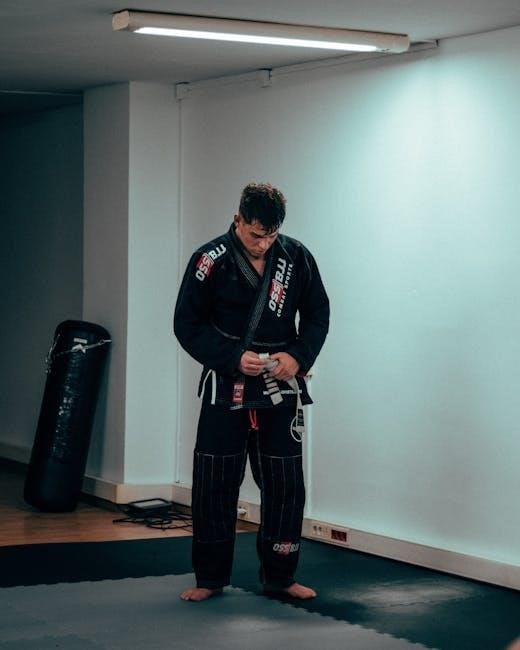
Factors Affecting Belt Size
Belt size is influenced by weight, body type, GI size correlation, brand-specific measurements, and personal preference for length, ensuring a tailored fit for optimal performance and comfort․
4․1 Weight and Body Type
A practitioner’s weight and body type significantly impact belt size․ Heavier individuals or those with broader builds may require longer belts to comfortably wrap around their waist․ Conversely, those with slimmer frames might prefer shorter lengths for a secure fit․ Body composition, such as muscle distribution, also plays a role, as it can affect how the belt sits and ties․ Proper sizing ensures the belt stays in place during training, preventing adjustments mid-session․ It’s essential to consider both weight and body type to find the ideal belt length for optimal performance and comfort․
4․2 Correlation Between GI Size and Belt Size
Your GI size often aligns with your belt size, as both are designed to fit your body proportions․ For example, an A1 GI typically corresponds to a belt length of around 98 inches․ This consistency ensures the belt sits comfortably and securely around your waist, preventing slippage during training․ Brands usually design their belts to match their GI sizing, making it easier for practitioners to choose the right belt․ Knowing your GI size is a reliable starting point for selecting a belt that fits well and meets your training needs effectively․
4․3 Brand-Specific Sizing Differences
Brand-specific sizing differences play a significant role in selecting the right Jiu Jitsu belt․ While many brands align their belt sizes with GI sizes, others may vary slightly․ For example, Fuji BJJ belts offer detailed size charts, with lengths ranging from 77 inches for C00 to 158 inches for A6․ Century Martial Arts also provides specific measurements, ensuring a tailored fit․ Some brands, like Sanabul, note that their sizes run larger than others, emphasizing the importance of consulting individual charts․ Adjustable and competition belts further cater to unique preferences, highlighting the diversity in brand offerings to meet practitioner needs․
4․4 Personal Preference for Belt Length
Personal preference significantly influences Jiu Jitsu belt length choices․ Some practitioners prefer shorter belts for a snug fit, while others opt for longer lengths to accommodate different tying styles or body types․ For instance, a standard 1․76-inch wide belt with 12-inch ends is common, but some martial artists prefer up to 18-inch ends for a larger knot․ Black and brown belts often choose slightly longer belts for a professional appearance․ Adjusting belt length based on personal comfort enhances training efficiency and ensures a secure knot, making it a key consideration alongside waist measurement and brand sizing․
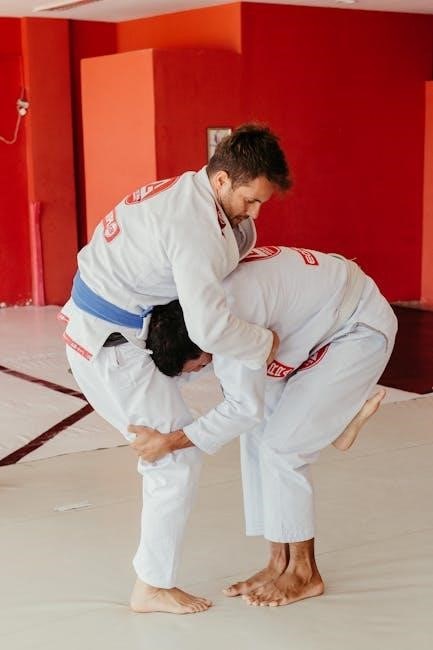
Choosing the Right Belt
Selecting the ideal Jiu Jitsu belt involves considering type, material, and width․ Adjustable belts offer versatility, while competition belts meet IBJJF standards․ Choose a belt that aligns with your training needs and personal style․
5․1 Types of Belts (Adjustable, Competition, etc․)
Choosing the right belt type is crucial for Jiu Jitsu practitioners․ Adjustable belts offer versatility, suitable for varying waist sizes and easy to customize․ Competition belts, designed for tournaments, meet strict IBJJF regulations, ensuring proper width and length․ Traditional belts are popular for their classic feel, while premium options provide durability and style․ Each type caters to different needs, whether for daily training, competitions, or personal preference․ Selecting the appropriate belt ensures a secure fit, enhancing performance and adherence to martial arts standards․
5․2 Material and Width Considerations
Jiu Jitsu belts vary in material and width, impacting performance and comfort․ Cotton belts are breathable and durable, while polyester options are lightweight and quick-drying․ The IBJJF standard requires belts to be 4-5 cm wide, ensuring a secure grip during rolls․ Wider belts provide better stability but may feel restrictive, while narrower options offer flexibility․ Material choice affects sweat absorption and longevity․ Selecting the right balance of width and material ensures optimal performance, comfort, and adherence to competition standards, catering to individual preferences and training demands․
5․3 IBJJF Regulations for Belt Width
The International Brazilian Jiu-Jitsu Federation (IBJJF) mandates specific standards for belt width․ Belts must be 4 to 5 cm wide to ensure a secure grip during training and competition․ When tied in a double knot, each end should hang between 20 to 30 cm, maintaining uniformity․ This regulation ensures consistency across all athletes and prevents disqualification during competitions․ Adhering to these guidelines is essential for compliance with official rules, making it a critical consideration for both training and competitive environments․
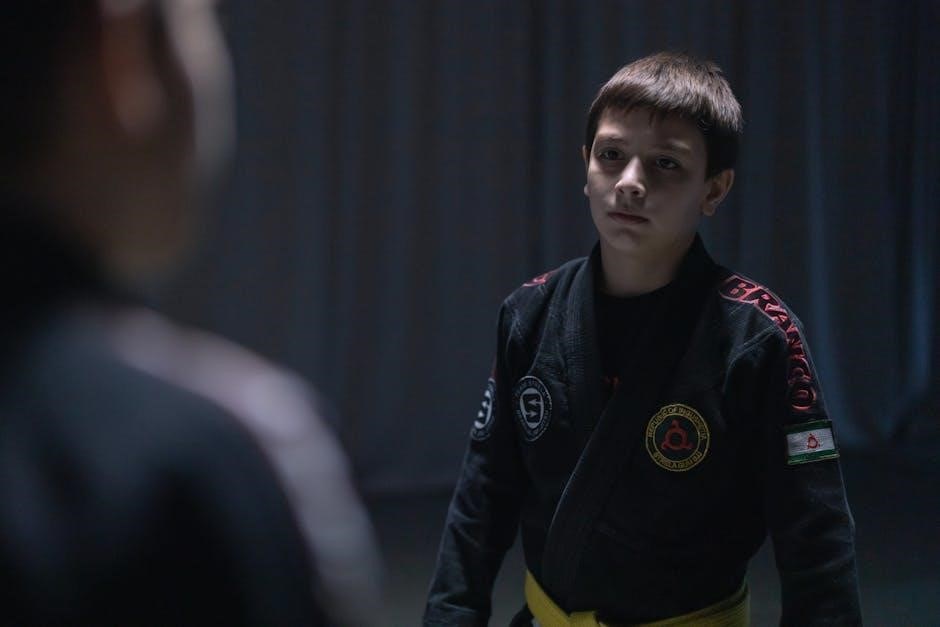
Maintenance and Care of Your Belt
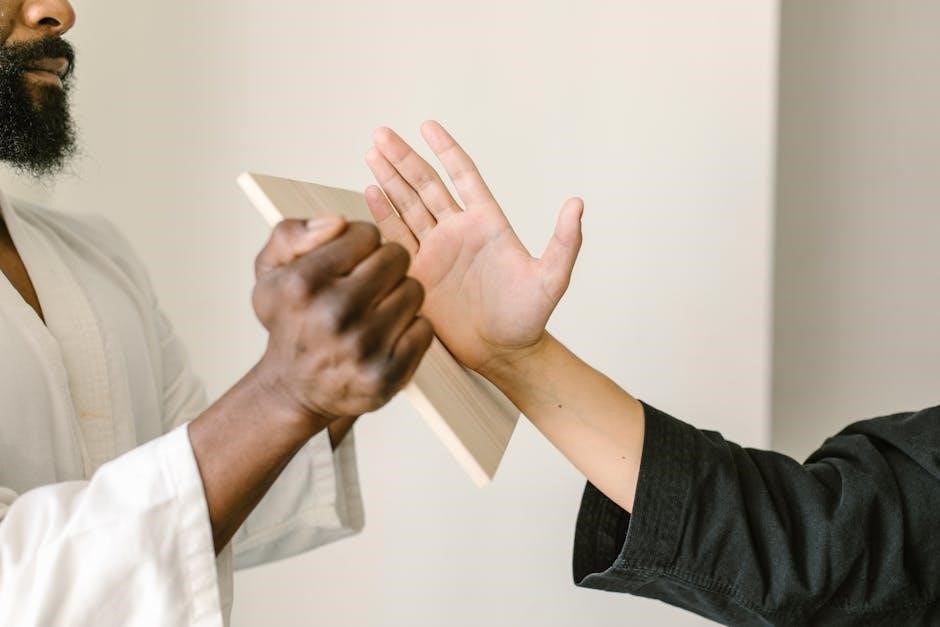
Proper maintenance ensures longevity․ Wash belts regularly, store flat, and inspect for wear; This care extends their lifespan and keeps them hygienic for training․
6․1 Cleaning and Washing Your Belt
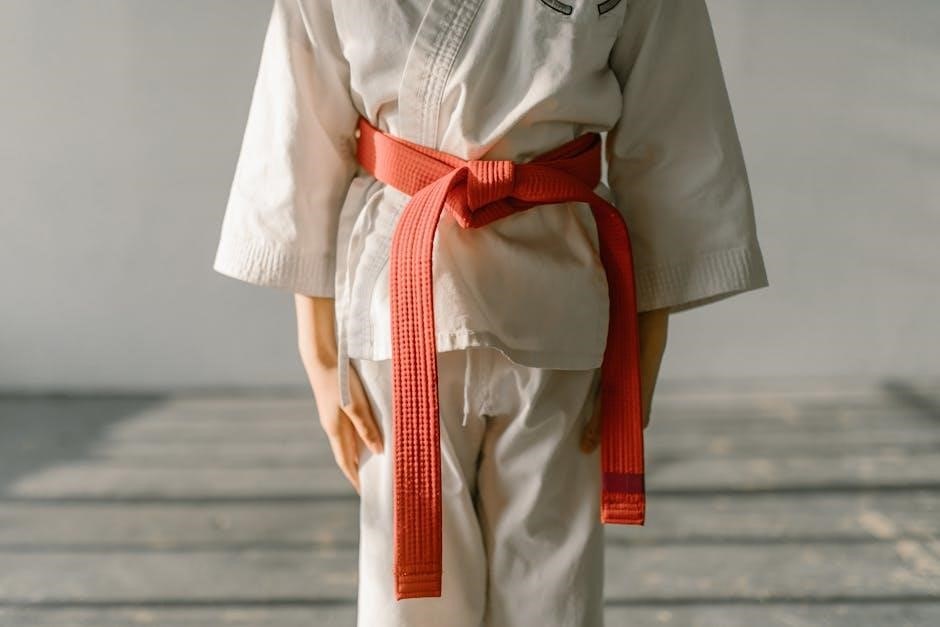
Regular cleaning is essential for hygiene and longevity․ Hand wash your belt in cold water using mild detergent․ Avoid machine washing or soaking to prevent damage․ Gently scrub to remove dirt and bacteria, then rinse thoroughly․ Allow the belt to air dry, avoiding direct sunlight to prevent fading․ Never iron or bleach, as this can weaken the material․ Proper care ensures your belt remains clean, durable, and ready for training․ Consistent maintenance helps preserve its quality and appearance over time․
6․2 Storing Your Belt Properly
Proper storage ensures your Jiu Jitsu belt remains in excellent condition․ Lay it flat or roll it neatly to avoid creases and folds․ Store it in a cool, dry place away from direct sunlight to prevent fading․ Avoid hanging, as this may stretch the material․ Use a breathable fabric or bag to prevent moisture buildup․ Keep it separate from other gear to avoid accidental damage․ Regularly inspect for wear and tear before storing․ Proper storage maintains the belt’s integrity, ensuring it stays durable and ready for your next training session․
6․3 Checking for Wear and Tear
Regularly inspect your Jiu Jitsu belt for signs of wear, such as frays, faded colors, or weakened stitching․ Check for holes or thinning material, especially around the edges and the knot area․ Ensure the belt still ties securely and doesn’t slip during training․ If damaged, replace it promptly to maintain proper fit and functionality․ Addressing wear early prevents further deterioration and ensures your belt remains reliable for years of training and competitions․ A well-maintained belt is essential for both performance and safety in Jiu Jitsu practice․
Selecting the right Jiu Jitsu belt is crucial for optimal performance and safety․ This guide provides essential tips to ensure a perfect fit․ A well-fitting belt enhances training effectiveness and embodies your dedication to the martial art;
7;1 Final Tips for Selecting the Perfect Belt
Choosing the ideal Jiu Jitsu belt involves balancing fit, material, and personal preference․ Measure your waist accurately, consider your GI size, and check brand-specific charts․ Opt for durable materials that meet IBJJF standards․ Adjustable belts offer versatility, while competition belts ensure regulation compliance․ Store your belt properly to maintain quality and hygiene․ Regularly inspect for wear and tear to ensure longevity․ Ultimately, a well-fitting belt enhances performance, safety, and your overall training experience in Brazilian Jiu Jitsu․
7․2 Importance of a Well-Fitting Belt in Training
A well-fitting Jiu Jitsu belt is crucial for both performance and safety during training․ It ensures proper grip and technique execution, preventing distractions from an ill-fitting belt․ A belt that is too tight may restrict movement, while one that is too loose can interfere with training․ A secure fit enhances stability, allowing practitioners to focus on their techniques and drills without discomfort or adjustments․ This focus on fit supports overall training efficiency and helps build discipline and confidence on the mat․ Properly fitted belts also align with martial arts traditions, emphasizing respect for the art and its practices․
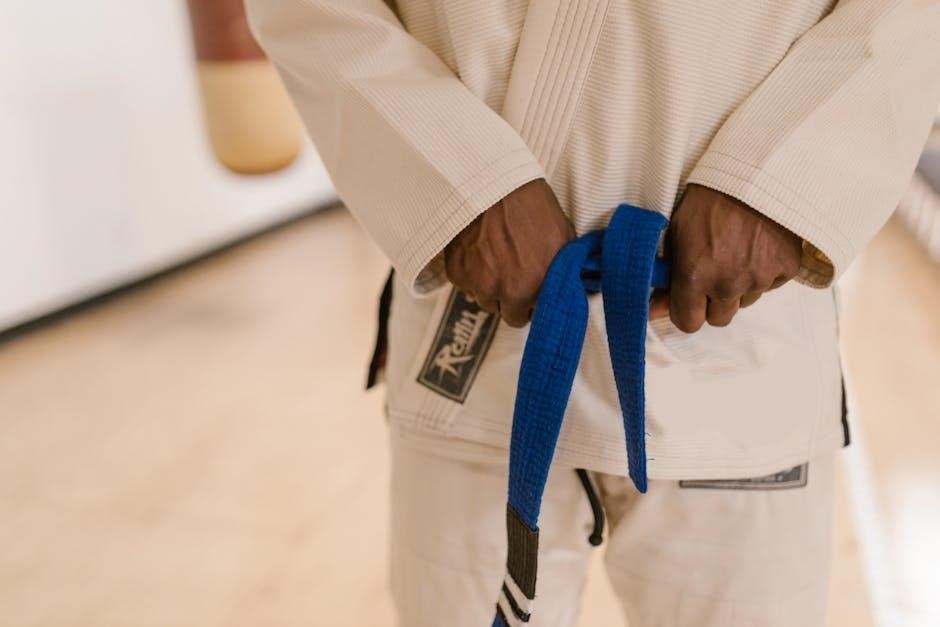
Additional Resources
Explore recommended brands like Fuji and Gameness for high-quality belts․ Visit size charts on Century Martial Arts or ShopPozz for detailed measurements and fitting guides to ensure your perfect match․
8․1 Recommended Brands for BJJ Belts
When selecting a BJJ belt, choosing a reputable brand ensures quality and durability․ Top brands like Fuji, Gameness, and Sanabul offer belts that meet IBJJF standards and provide excellent comfort․ Fuji BJJ Belts are known for their consistent sizing and color retention, while Gameness belts are praised for their durability and stylish designs․ Sanabul offers affordable yet high-quality options, making them a favorite among practitioners․ Additionally, 93 Brand and Hyperfly are popular for their innovative designs and superior craftsmanship․ These brands are trusted by competitors and casual practitioners alike, ensuring a reliable fit and long-lasting performance․
8․2 Where to Find Detailed Size Charts
Detailed size charts for Jiu Jitsu belts can be found on the official websites of reputable brands like Fuji, Gameness, and Sanabul․ These charts typically include measurements for waist circumference, belt length, and specific sizing guidelines for adult and youth belts․ Additionally, many brands provide downloadable PDF charts or interactive size guides to help you determine the perfect fit․ Websites like Century Martial Arts also offer comprehensive sizing resources․ Always refer to the brand’s official size chart to ensure accuracy, as sizing can vary slightly between manufacturers․ This helps in making an informed decision for your training needs․
